Chinese Gardens
Classical gardens are one of the most extraordinary heritages of Chinese civilization. Famed as the forefather of world garden art, traditional Chinese garden has profound influences on the landscape architecture of many Asian countries like Japan and Korea. Harmony between man and nature is always the ultimate and highest pursuit of garden art. With a history of over three thousand years, Chinese garden architecture evolves so diversely. There are splendid palace complex for emperors to live and relax, and also small private gardens for scholars, poets, officials and merchants to obtain spirituality and self-cultivation.
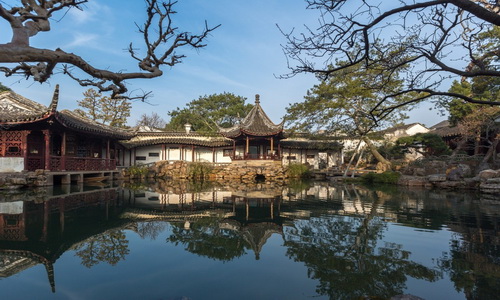
According to the ownership, China's classic gardens can be divided into three major categories, namely imperial gardens, private gardens and temple gardens.
- Imperial Gardens
- Private Gardens
- Temple Gardens
Imperial garden is no doubt the most outstanding and influential types of Chinese garden. Throughout China's slavery society to the feudal society, the emperors were always born with supreme power. In line with this, the imperial gardens like the Forbidden City and Chengde Mountain Resort are often considerably massive in scale, and the architectures are rather resplendent. The layout and image of all palaces, halls, temples and living quarters directly related to the emperors would demonstrate the concept of imperial supremacy.
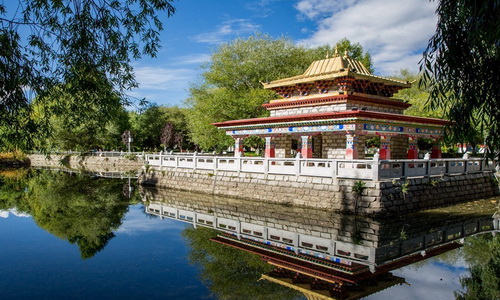
Private gardens refer to those owned by nobles, merchants, landlords and scholar-officials in ancient China (most are from Ming and Qing Dynasties). Artificial sights like ponds, winding paths, pavilions and bridges are made to create a more elegant and quaint residential area. Private gardens are usually small in scale, occupying an areas of a few acres. Limited by space, the structure of the private garden is more flexible and delicate. Water is a big element to achieve the harmony and balance between manmade constructions and nature. Self-cultivation, leisure and self-entertainment are the main functions of those private gardens.
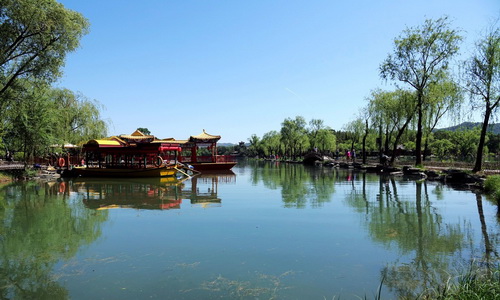
Temple gardens rival over imperial and private gardens with its huge number. It breaks the space restriction and takes good advantage of natural surroundings. Thus most temple gardens are scattered in spectacular mountains and places of interests. They are mostly open to the public for sightseeing.
Suzhou Gardens in Jiangsu
Endowed with more than 170 gardens, Suzhou is definitely worth the crown of Garden City, and many of them have been inscribed into the UNESCO World Heritage List.
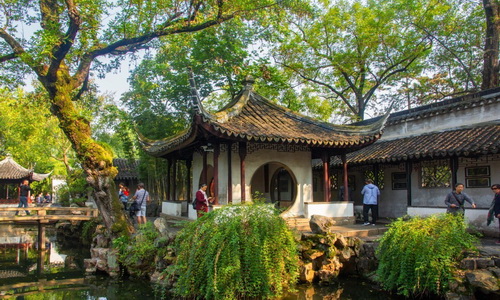
Spanning a history of almost one thousand years, Suzhou gardens was originated from Northern Song Dynasty to late Qing Dynasty (11th-19th century), most of which had belonged to scholars, merchants and political officials. Different from the grand and splendid northern gardens, Suzhou gardens are more elegant and sophisticated in layout, aiming at create a miniature landscape communing with dwellings. Among all, the Humble Administrator's Garden, Master of Nets Garden, Lingering Garden and Huanxiu Mountain Villa are really masterpieces of the genre. In Tongli Ancient Water Town, there is also a picturesque Retreat and Reflection Garden well-known for its pavilions that seemingly float atop the ponds.
Forbidden City in Beijing
Perched in the heart of Beijing City, the Forbidden City is not only an imperial palace of Ming and Qing Dynasties in China, but also the largest-scale and best-preserved ancient buildings of wooden structure in the world. It has been the center of power for more than five centuries when common people would never have an access to enter. Forbidden City houses incredible garden landscape and huge architectural complex of 9,000 rooms with plenty of antique furniture and treasures. The massive buildings spans along a central axis in a symmetrical way. From South to North, the Forbidden City showcases the palaces and halls where the ancient feudal emperors exercising their power to handle the political affairs, as well as the residential chambers of their royal families. A small and lovely imperial garden is inlaid in the huge architectural complex, where the emperors and his families could take a walk. On both sides of the central axis, there were a large number of wing rooms resided by eunuchs and servants in the past.
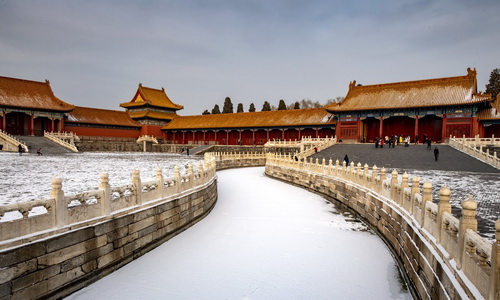
Summer Palace in Beijing
Listed as an UNESCO World Heritage site in 1998, the Summer Palace located in western suburbs of Beijing is one of the most brilliant and best-preserved imperial gardens in China. Constructed in 1750, the Summer Palace used to be the most important political and diplomatic center except for the Forbidden City. The garden could be roughly divided into three areas. The first is the political centers represented by Renshou Hall. Places like Leshoutang, Yulantang and Yiyunguan are mainly served as the residential areas of empress dowager and concubines. The most fascinating parts are around Wanshou Hill and Kunming Lake, clustered with long corridors, Seventeen-Arch Bridge, Marble Boat and pavilions. Even a lively Suzhou Street was established inside for the royal families to experience the market life of the civilian population.
Chengde Mountain Resort
As one of the largest extant imperial gardens in China, Chengde Mountain Resort in Hebei is twice as big as the Summer Palace in Beijing, with an area of 564 hectares. First built in 1703, the mountain resort used to the summer retreat of Chinese emperors of Qing Dynasties, including Kangxi, Yongzheng and Qianlong. It took nearly 90 years to complete this striking royal garden that boasts a great complex of residential chambers, manmade lakes, temples, small hills, pavilions, etc. The garden meets various needs of the royal families, such as meeting foreign diplomatists, holding big ceremonies, gathering for banquets and strolling at ease. Totally different from the resplendent Forbidden City, every sight in Chengde Mountain Resort is created naturally echoing to the landscape. In 1994, it was proudly engraved as the UNESCO world heritage site.
Norbulingka in Tibet
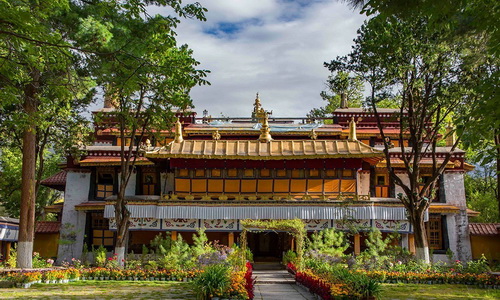
Norbulingka, referring to the House of Treasure in Tibetan, is the biggest manmade garden in Tibet, which is served as the summer palace of Dalai Lamas to handle government affairs and religious ceremonies. With an amazing combination of Tibetan and traditional Chinese architecture styles, the garden showcases splendid palaces and temples, with a mass of rooms richly decorated with jewels, antiques and wall paintings. Norbulingka is also crowned as a Plateau botanical garden due to its abundance in rare floras and plants. Besides, Norbulingka is also the venue for the celebration of the annual Shoton Festival. After the holy Buddha uncovering in Drepung Monastery, local Tibetans would flock to the park to have a family picnic and enjoy wonderful Tibetan shows and operas.
Lingyin Temple in Hangzhou
Located at the northwest of the West Lake in Hangzhou, Lingyin Temple is one of the oldest and most renowned ancient Buddhist temples of China. Constructed by an Indian Monk Huili, Lingyin Temple is blessed with a profound history of over 1,600 years. Taking advantage of the natural landscape, Lingyin Temple is a fine example of Chinese temple gardens. In addition to an array of the halls, pavilions, pagodas, statues and trails linking through, the temple is highlighted by a wealth of historical cliff engravings and Buddhist grottoes at Feilai Peak. If you make a trip to Hangzhou, you shall take a chance to discover this gem garden away from city bustle.









